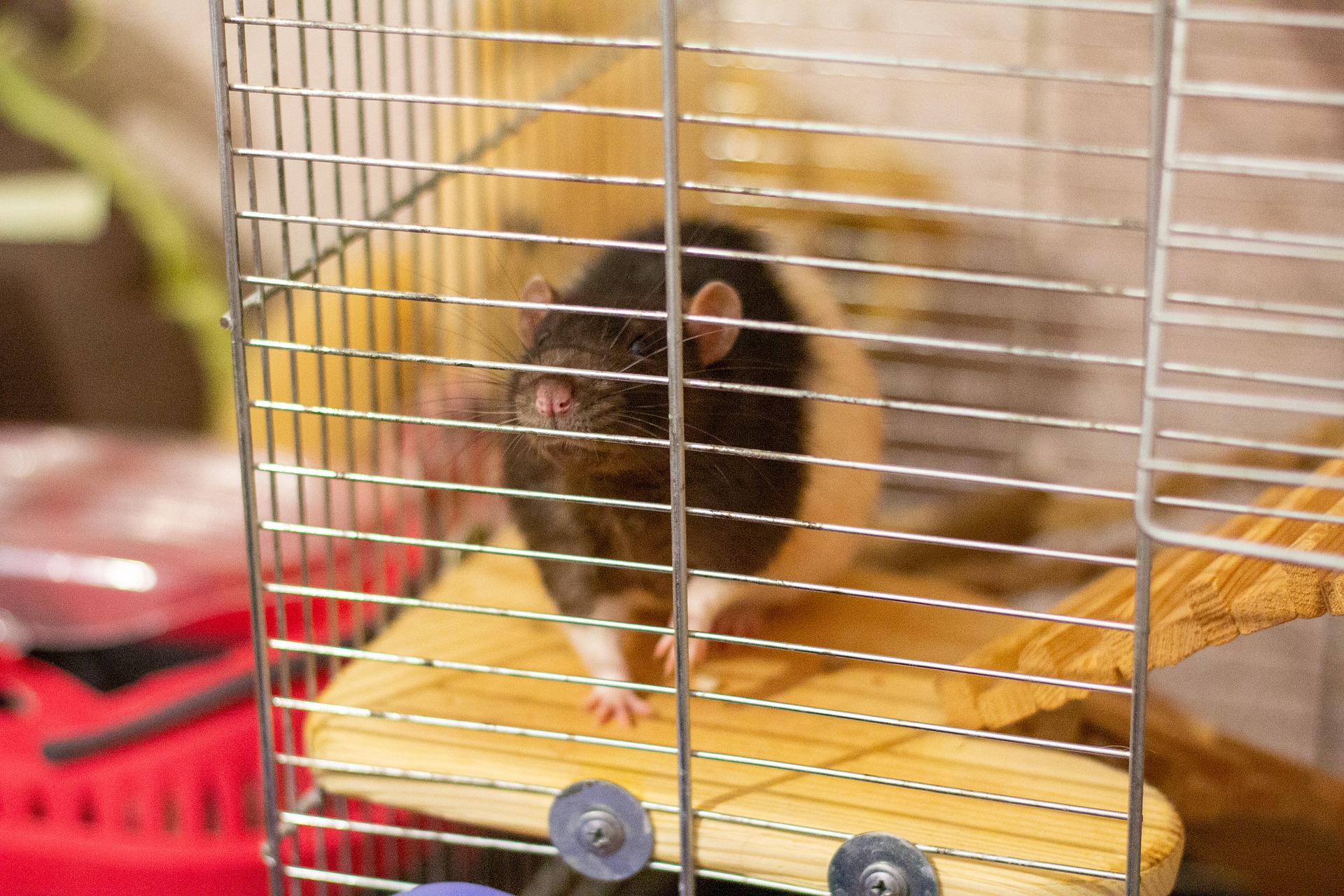Written by Ashima Seth and Edited by Kevin Liu

For several decades, the use of non-human animals as test subjects in medical research has been a topic of serious contention, involving several arguments. First and foremost, nearly 780,000 animals were used in regulated laboratory activities in the United States in 2018 alone, approximately 56,000 of which did not receive pain-relieving drugs in procedures involving pain or distress [1]. Thereafter, disabilities caused by experimentation, and the harsh lighting and isolation of laboratory conditions continue to be harmful to the animals’ quality of life. Over time “laboratory animals” have come to be viewed as just that — organic equipment that is property of the laboratory [2]. Several surveys suggest that fewer and fewer people approve of animal research in laboratories, and those who approve believe that animal experimentation is crucial to medical progress [3]. The issue that arises then is to what extent does animal experimentation actually contribute to medical progress?
The primary role of laboratory animals is to serve as biological models for humans. However, a model is only an analogy; while the model is similar to the actual object of the study, it is not the same [2]. A study published in The Journal of the American Medical Association found that medical treatments developed in animals rarely translate to humans and that practitioners in the field of medicine rarely prescribe treatments solely on the basis of animal experimentation [4]. However, animal experimentation is often a primary step in the experimentation process, preceding a human study in order to ensure the safety of human subjects — undeniably crucial for clinical trials [5]. Considering this role of animal experimentation, how do we ensure that the benefits outweigh the costs?
The first step would be to eliminate or reduce the use of animal studies which are needlessly cruel and/or do not help forward the field of medicine. Due to permissive laws such as the Animal Welfare Act, which is supposed to address the standard of care animals receive at research facilities but excludes roughly 95% of the animals being tested upon, several reckless experiments slip through the cracks and get approved [6]. Some of these types of experimentation are those that include animal testing for cosmetics and U.S. Military Combat Trauma Training [7].
In the face of increasingly accurate, safe, and compassionate alternatives to animal experimentation such as tissue grafts, computer modeling for the botulinum toxin (botox) effects on mice, acute toxicity tests in rats, amongst many others, it is no longer as easy to justify animal experimentation [8,9]. However, certain types of experiments are unable to use such alternatives. Studies regarding disease progression in living systems and across generations, where no reliable substitute can be found, suggest the usefulness of carrying out this work in animal systems to produce reliable results that answer questions crucial to medical and scientific progress [10]. The surest method to accomplish this is to implement regulations that subject animal experimentation proposals to greater scrutiny.
It is important to acknowledge that stricter evaluation of animal experimentation is not a perfect or complete solution and does not address nuanced issues, such as corporate interests and speciesism. However, when it comes to making progress in the moral consideration of non-human animals, it is, at the very least, a step in the right direction.
References:
- “Annual Report Animal Usage by Fiscal Year.” USDA APHIS, United States Department of Agriculture: Animal and Plant Health Inspection Service, 7 Jan. 2020, speakingofresearch.files.wordpress.com/2020/01/usda-annual-report-animal-usage-in-research-2018.pdf.
- Shapiro, Kenneth. “Animal Experimentation.” A Communion of Subjects: Animals in Religion, Science, and Ethics, edited by Kimberley Patton, Paul Waldau, Columbia University Press, 2006, pp. 533-543.
- “Experiments on Animals: Overview.” PETA, People for the Ethical Treatment of Animals, 2 Feb. 2020, www.peta.org/issues/animals-used-for-experimentation/animals-used-experimentation-factsheets/animal-experiments-overview/.
- Daniel G. Hackam, M.D., and Donald A. Redelmeier, M.D. (2006). Translation of Research Evidence From Animals to Human. The Journal of the American Medical Association, 296: 1731-1732.
- “Animal Research: Position Statements.” Americans for Medical Progress, www.amprogress.org/animal-research/position-statement/.
- “Federal Laws and Agencies Involved With Animal Testing.” Animal Legal Defense Fund, 11 July 2018, aldf.org/article/federal-laws-and-agencies-involved-with-animal-testing/.
- Croswell, Alexis. “5 Unnecessary Animal Experiments Still Happening Now.” One Green Planet, 1 Mar. 2014, www.onegreenplanet.org/animalsandnature/5-unnecessary-animal-experiments-still-happening-now/.
- “Alternatives to Animal Testing.” PETA, People for the Ethical Treatment of Animals, 27 Mar. 2020, www.peta.org/issues/animals-used-for-experimentation/alternatives-animal-testing/.
- “Replace Animal Tests: The RAT List.” Cruelty Free International, www.crueltyfreeinternational.org/RATlist.
- Animal Research at Stanford. “Why Animal Research?” Animal Research at Stanford, Stanford Medicine, med.stanford.edu/animalresearch/why-animal-research.html.
